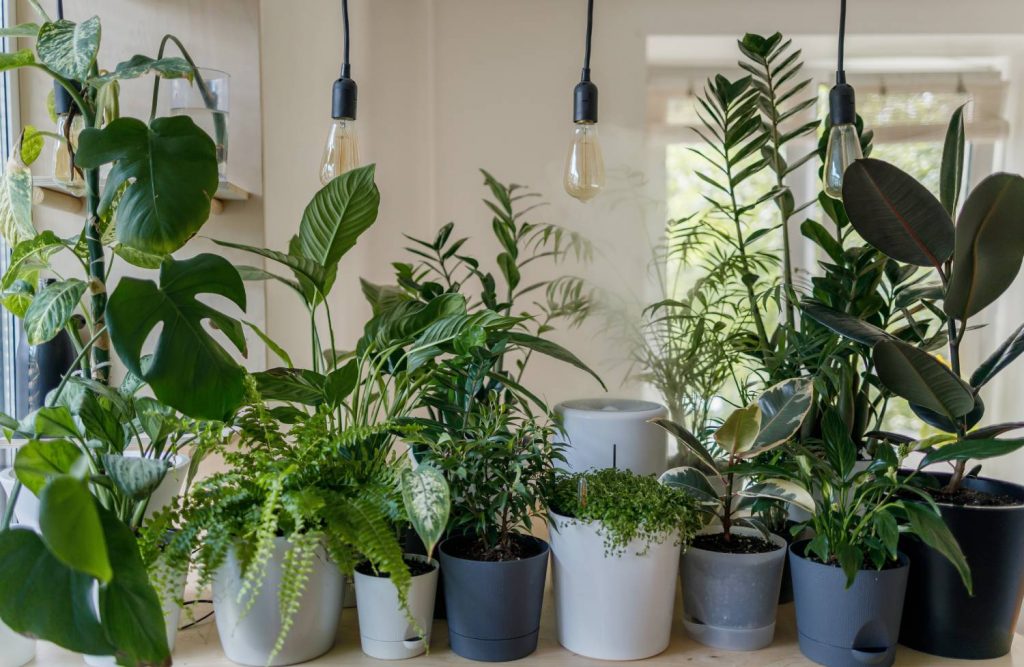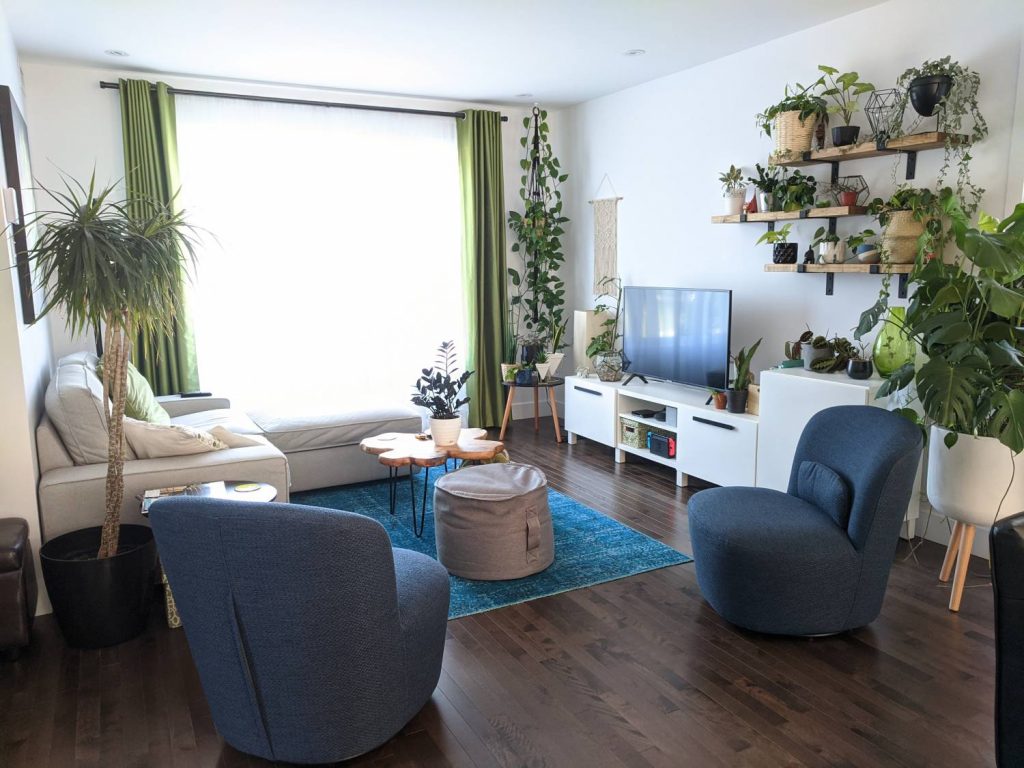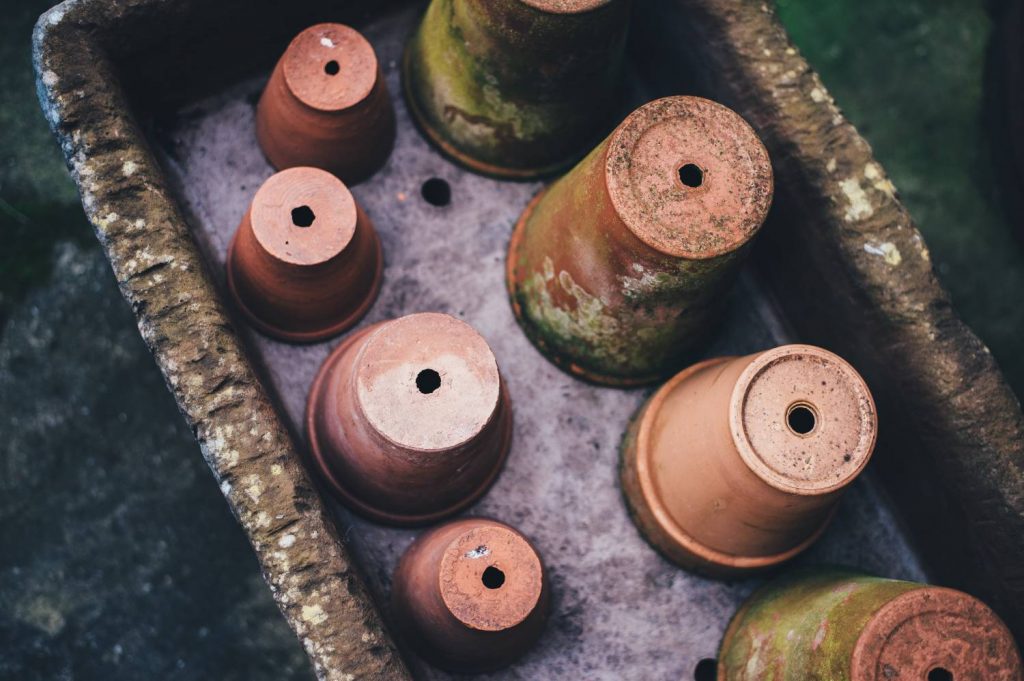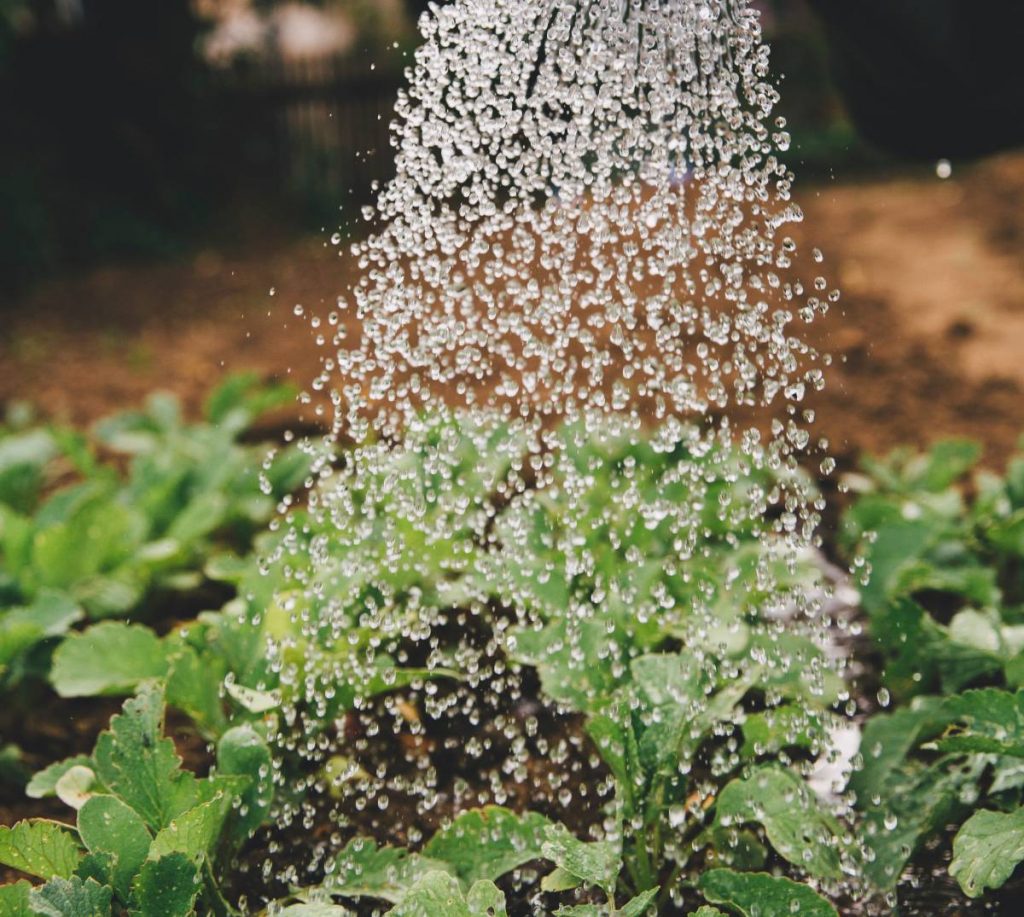The Importance of Repotting: How to Know When and How to Repot Your Plants
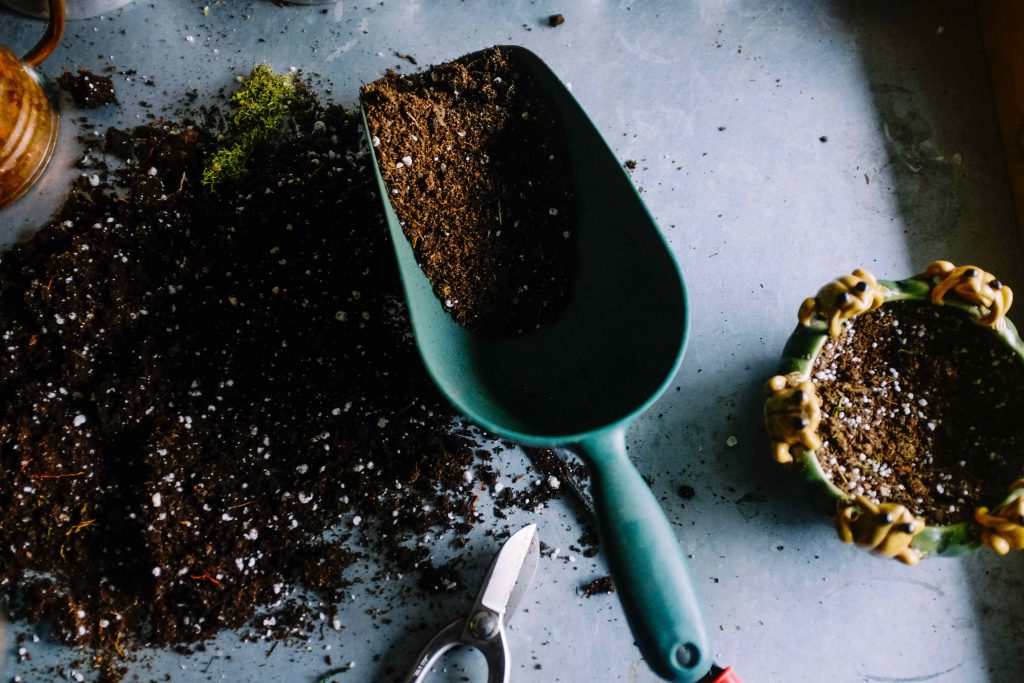
Repotting is an important step in the care of houseplants and container plants, and it’s essential for maintaining their health and growth. Here are some tips on when and how to repot your plants:
- Know when to repot: A good rule of thumb is to repot your plant when the roots have grown to fill the pot and are starting to come out of the drainage holes. You can also tell if a plant needs repotting if the soil dries out quickly, or if the plant is becoming top-heavy and unstable.
- Choose the right pot: Make sure to choose a pot that is one size larger than the current pot. The new pot should have drainage holes to allow excess water to escape.
- Prepare the soil: Use a high-quality potting soil that is well-draining and contains a mix of peat moss, vermiculite or perlite.
- Remove the plant from the pot: Gently remove the plant from the pot, being careful not to damage the roots. Loosen any tangled roots with your fingers.
- Place the plant in the new pot: Place the plant in the new pot and fill in with potting soil around the roots.
- Water well: After repotting, water the plant well to help settle the soil around the roots.
- Monitor the plant: Keep an eye on the plant for the first few days after repotting. Make sure it’s getting the right amount of water and light and that the soil is at the right moisture level.
Repotting can seem like a daunting task, but it’s an important step in maintaining the health and growth of your plants. By following these tips, you can repot your plants with confidence and ensure they continue to thrive.
